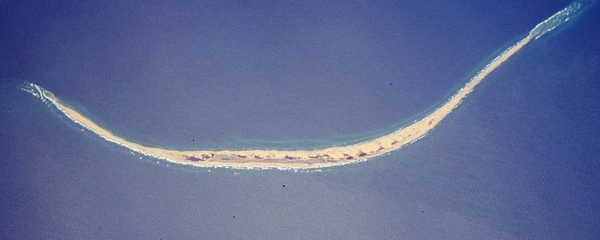My mother’s second great-grandfather John Meshech Grover is a brick wall ancestor in spite of the fact that quite a bit of lore about him was passed down in the form of descendants’ notes and letters. Though I have not been able to corroborate this lore with official documentation, his early life likely included significant hardship as well as adventure.
He is said to have been born 29 May 1781 in the small market town of Reepham, Norfolk, England, though I have not been able to find a baptismal or any other record. It is possible his parents were Non-Conformists, and that the records of whatever church they belonged to are either lost or not easily accessible.

John Meshech’s father was said to be a gardener by trade, and to have grown flowers for sale to parishioners on their way to church. Because Reepham sits at the junction of four Anglican parishes (Reepham, Kerdiston, Hackford and Whitwell), and three of these had built their churches adjacent to one another in the town, Reepham drew churchgoers from a wide area on Sunday.
According to notes made by his son James, John Meshech’s mother died after bearing 15 children, and his father then remarried and had 9 more. No family notes provide the names for these parents, and I have not been able to identify them from other records.
John Meshech is said to have been apprenticed to a rigger at a young age, who would have taught him how to install the ropes, cables and chains that support a ship’s masts, as well as all the apparatus used to set and adjust the sails. He then worked in the merchant marine, and since merchant ships could be called into military service during wartime, it makes sense that he is also said to have done transport work for the Royal Navy.
 According to an article about his son James’ Lynn, Massachusetts shoe manufacturing business, John Meshech arrived stateside in 1803. The earliest official document that certainly pertains to him is the record of his intention to marry Mary Richardson of Falmouth, Maine, filed at Portland, Maine 7 Jun 1806. The two were married 27 Nov of the same year, but I have not found the births of any children to this couple, and I do not know when or where Mary died.
According to an article about his son James’ Lynn, Massachusetts shoe manufacturing business, John Meshech arrived stateside in 1803. The earliest official document that certainly pertains to him is the record of his intention to marry Mary Richardson of Falmouth, Maine, filed at Portland, Maine 7 Jun 1806. The two were married 27 Nov of the same year, but I have not found the births of any children to this couple, and I do not know when or where Mary died.
He is probably the “John Grover” enumerated at Portland, Maine in 1810, with six people in the household but unfortunately no tick marks to show their age ranges or genders. It seems likely that he continued to make a living there as a rigger or seaman, and though the National Archives and Records Administration (NARA) can find no trace of it, he was said to have had a Seaman’s Protection Certificate. Protection papers were proof of American citizenship, and in theory prevented American seamen from being impressed into the British navy.

We do not know exactly how he came to be a prisoner aboard the frigate HMS Barbadoes, when it wrecked near Sable Island off Nova Scotia 28 Sep 1812. It seems likely, as some have suggested, that he was a seaman aboard the U.S. Revenue Cutter James Madison when it was captured by Barbadoes a month earlier.

The story goes that after the wreck, he was able to escape his captors and hide out on the island for a time before making it to the mainland and a new life in Country Harbour, Nova Scotia. Once in Country Harbour, he was able to obtain 250 acres, marry a woman named Rhoda McKinley, and have eight children. His son James is my mother’s great grandfather.
